Tylomelania - great snails from Sulawesi
The Ancient Lakes of Sulawesi
Large freshwater lakes often form a kind of microcosm. In these rather closed habitats, species develop quite differently than in more open biotopes, in streams or river courses. The lakes of the Malili Lake System, which are among the ten deepest lakes on earth and several hundred meters deep, and Lake Poso in the highlands of the island of Sulawesi, which belongs to Indonesia, are such a biotope. The Malili system includes Lake Matano, Lake Towuti, Lake Mahalona, Lake Lontoa and Lake Masapi. in the lakes you can find beautiful shrimps as well as the Tylomelania snails, which are only found on Sulawesi (as well as in most other waters on Sulawesi, the snails are very widespread). The lakes are located in a rift valley, much like Lake Tanganyika and Lake Malawi, which is why they are so unusually deep. The name "ancient lakes" is rightly given to the Malili lake system, its age is estimated at about 2-4 million years.however, not only the depth of the lakes is unusual, but also the high water temperature. Even at depths of over 20 meters, it is still almost as high as at the water surface: around 29 degrees Celsius.in many places on the shores of the lakes of the Malili system, the rainforest grows down to the waterline. Often the tree trunks even lie or stand - depending on the water level - completely or partially under water - new habitat for the snails!
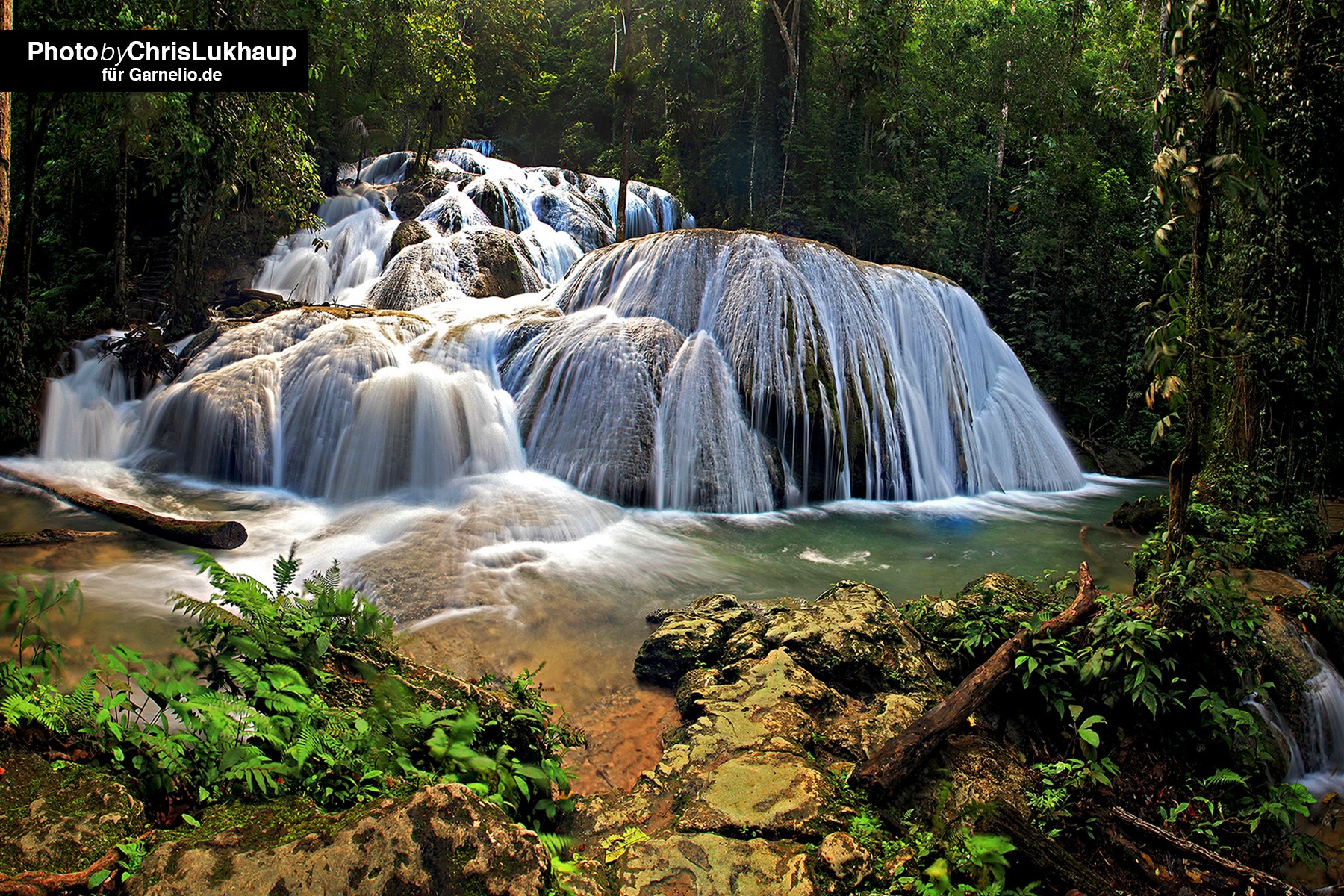
Water values in the lakes
The water in these lakes is unusual: it is relatively soft and yet has a very high pH of up to 8.5. In the aquarium, however, the Tylomelania snails show themselves to be much more adaptable than the shrimps from the Old Lakes on Sulawesi. They cope also in clearly different water values.
Tylomelania occurrence
The closest relatives of the genus Tylomelania are distributed all over the waters of Southeast Asia: snails from the family Pachychilidae are found in India, Indonesia, the Philippines and even north of Australia. In Sulawesi, the genus Tylomelania lives in practically all freshwater bodies.
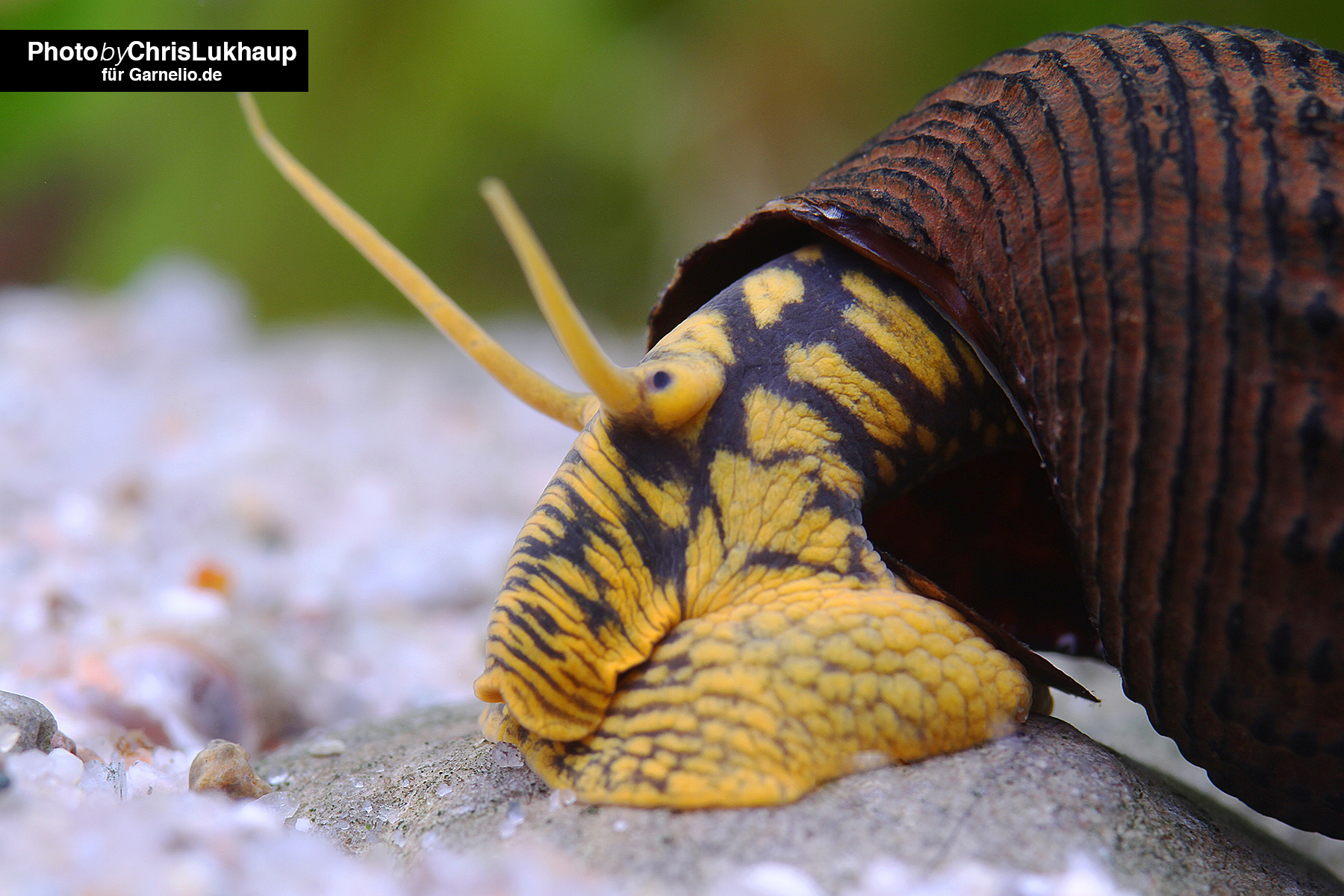
Tylomelania shell
Their shells grow in lakes as long as an adult male's finger and over a thumb's thickness wide. The shell is thick and sturdy, and the shell opening is closed by a lid. Often the shells show significant signs of wear in the upper third, now and then even holes. This is not bad, because Tylomelania do not inhabit the upper, older coils of their shells and because they are able to close holes from the inside with lime. So this is only a cosmetic defect, with which the snail can become very old.
Tip: To prevent shell damage or to repair the shell we recommend the use of NatureHolic Mineralcubes "Spinach".
Different Tylomelania species in different microhabitats
Researchers have discovered different species of Tylomelania in the various aquatic zones of the lakes. In terms of numbers, the freshwater snails are strongly represented in the Old Lakes. More than 35 species of the genus Tylomelania have been found in the lakes alone. In total, there are certainly well over 50 species of these freshwater snails on Sulawesi. Unusual with the Tylomelania is that the individual species are restricted to very specific substrates. Thus there are Tylos, which are exclusively on mud, exclusively on rocky underground or on driftwood. The species live in close proximity to each other, but by strictly limiting themselves to their habitats, mixing does not occur.
Tylomelania best in a species tank
In the aquarium these boundaries often fall away - here the snails often do not have all substrates available, and they do not stay on the substrates they prefer in nature. Hybridization has also been observed here: Different Tylomelania species intermingled, the offspring then looks completely different from the adults. For this reason we always advise species tanks for Tylomelania to keep the species pure.
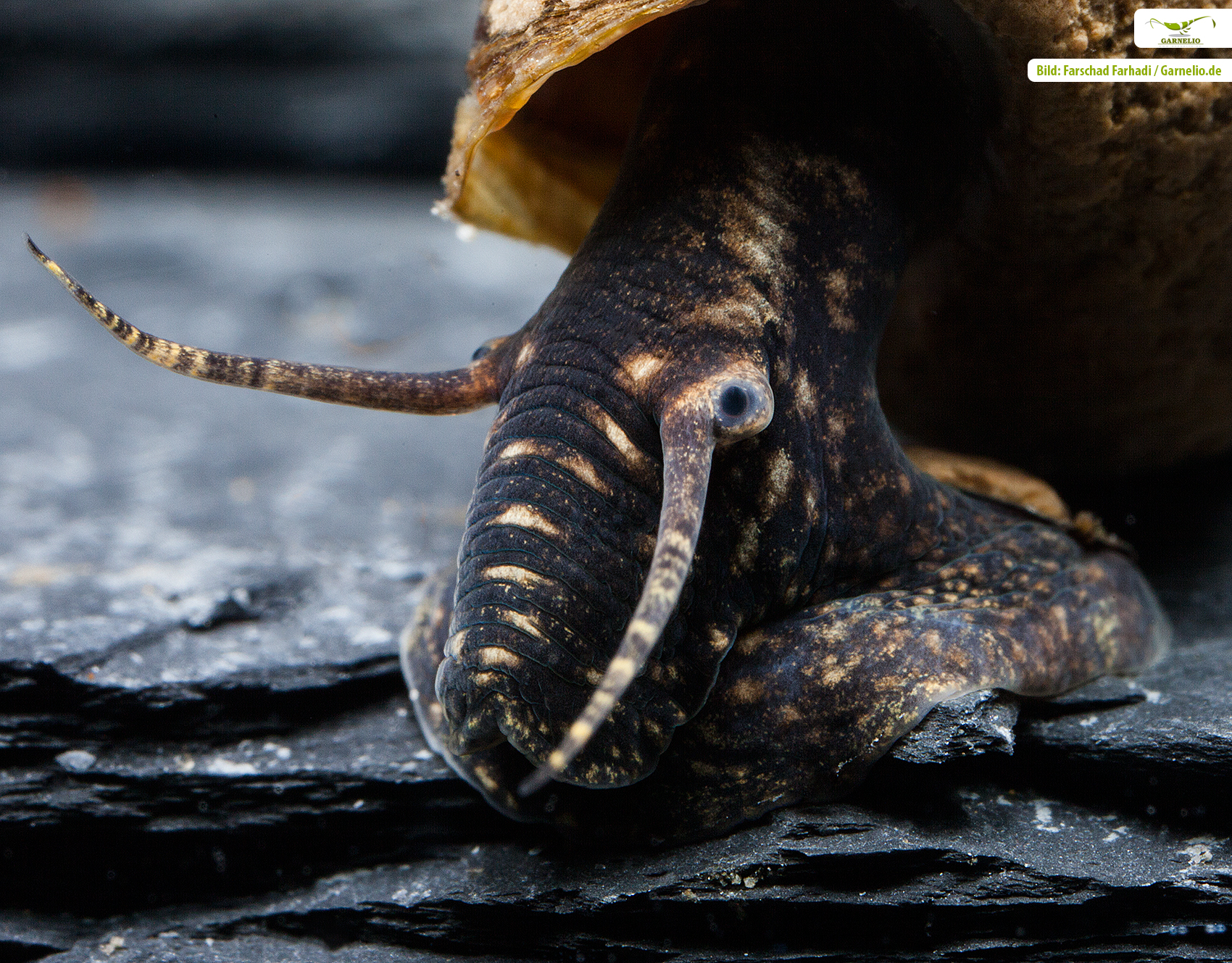
Differentiation of the species
The Tylomelania species can often be distinguished by the body color, the shape of the shell and the shell structure, but sometimes you have to use morphological characteristics like the pattern of the denticles on the friction tongue. This pattern depends on which substrate the species prefers: if the snail scrapes its food from rock surfaces, the tongue must have different teeth than if it is probing for food in mud. Molecular biological studies in more recent investigations, carried out by Thomas von Rintelen of the Humboldt University in Berlin, among others, confirmed the respective species affiliation of the animals.
Do tylos eat aquatic plants?
Depending on the species, some Tylomelania eat aquatic plants, while others do not. The species that live on hard substrates such as rocks have a sufficiently hard radula, also called a friction tongue or rasping tongue, which can also "crack" healthy plant tissue. They have sometimes been found to be extremely hungry herbivores. It is recommended to feed the animals well to prevent possible damage to aquatic plants. The best food for them is AlgaePlates and NatureHolic Snailfeeed.
Suitable food for Tylomelania snails
In the aquarium Tylomelania show themselves as very uncomplicated eaters. In our snail facility we feed the above mentioned AlgaePlates and the NatureHolic Schneckenfeeed. They also go well to brown foliage as well as vegetables of all kinds (zucchini, hokkaido squash, etc.) and greens such as dried nettles, dandelion leaves, chickweed, spinach and so on. They also like to scrape off aufwuchs and biofilms.
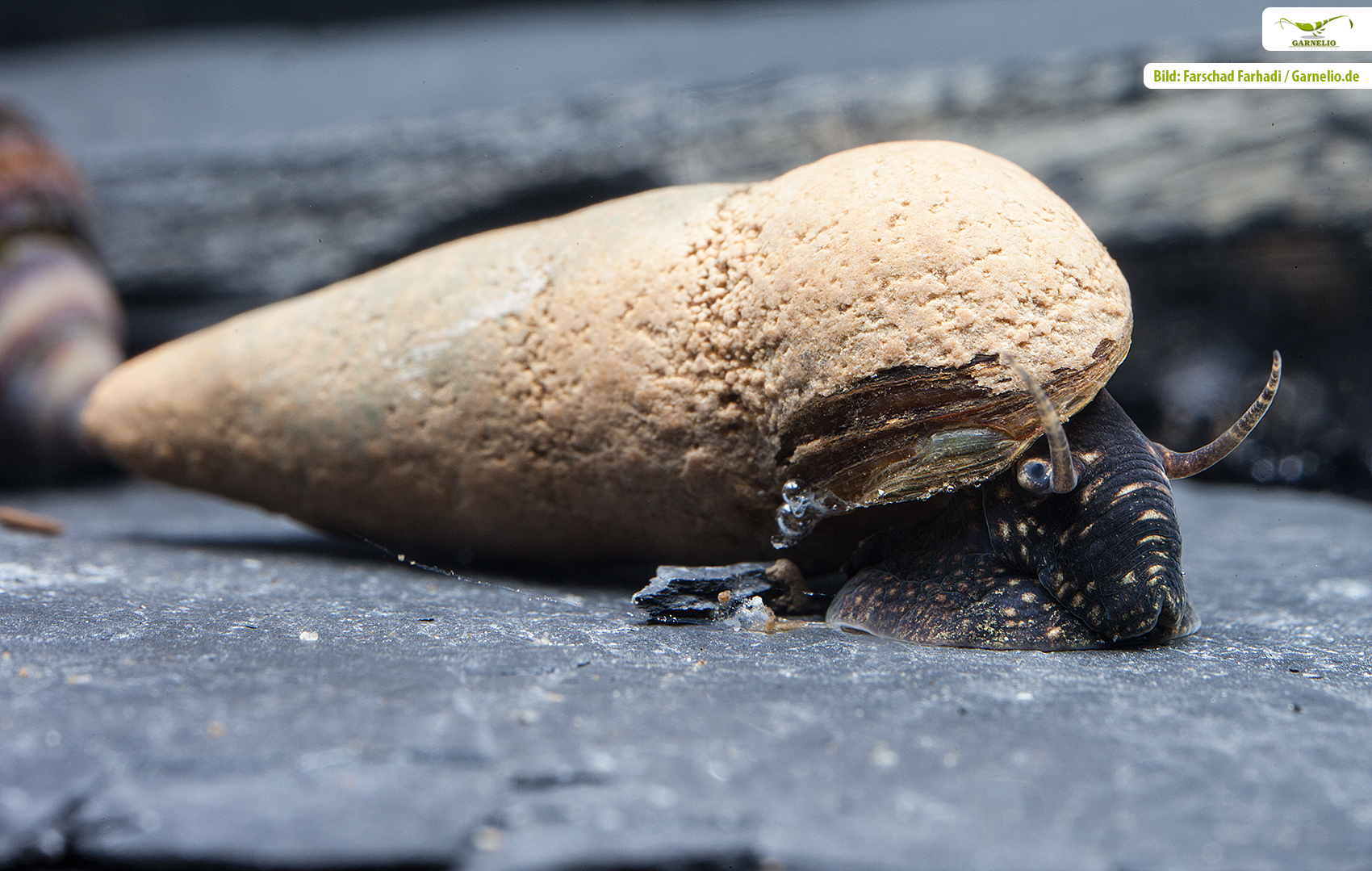
Reproduction
Tylomelania water snails are bisexual, so they are not hermaphrodites. Whether they are males or females, however, cannot be seen from the outside. Therefore, if you want to breed, you should definitely keep more than three of the snails to increase the probability that both sexes are present in the breeding group. Tylomelania are viviparous. The young grow in a brood pouch within the shell of the snail's shell. They are surrounded by a white nutritive shell. If a female snail has a lot of stress, a "fall birth" can occur and the young snail is born still with the shell. This shell slowly dissolves in the water, usually the snail born so slightly too early is viable and makes up for the missing size over time.
Aquarium setup
The shells of many Tylomelania species grow to 7-8 cm long or even larger. Make absolutely sure that the snails cannot get stuck anywhere in the aquarium! They cannot turn around in a small space and they cannot crawl backwards. Narrow burrows or crevices can therefore become a deadly trap for Tylomelania.different substrates are desirable in the aquarium with Tylomelania: aquarium roots, larger stones, coarser gravel, ... also a muddy corner with healing earth is accepted extremely gladly. The large Tylo species sometimes have problems with fine gravel, because they do not find a good hold in light substrate with their rather small foot in relation to the housing. A heavier substrate like coarser gravel or plate gra vel suits them better.
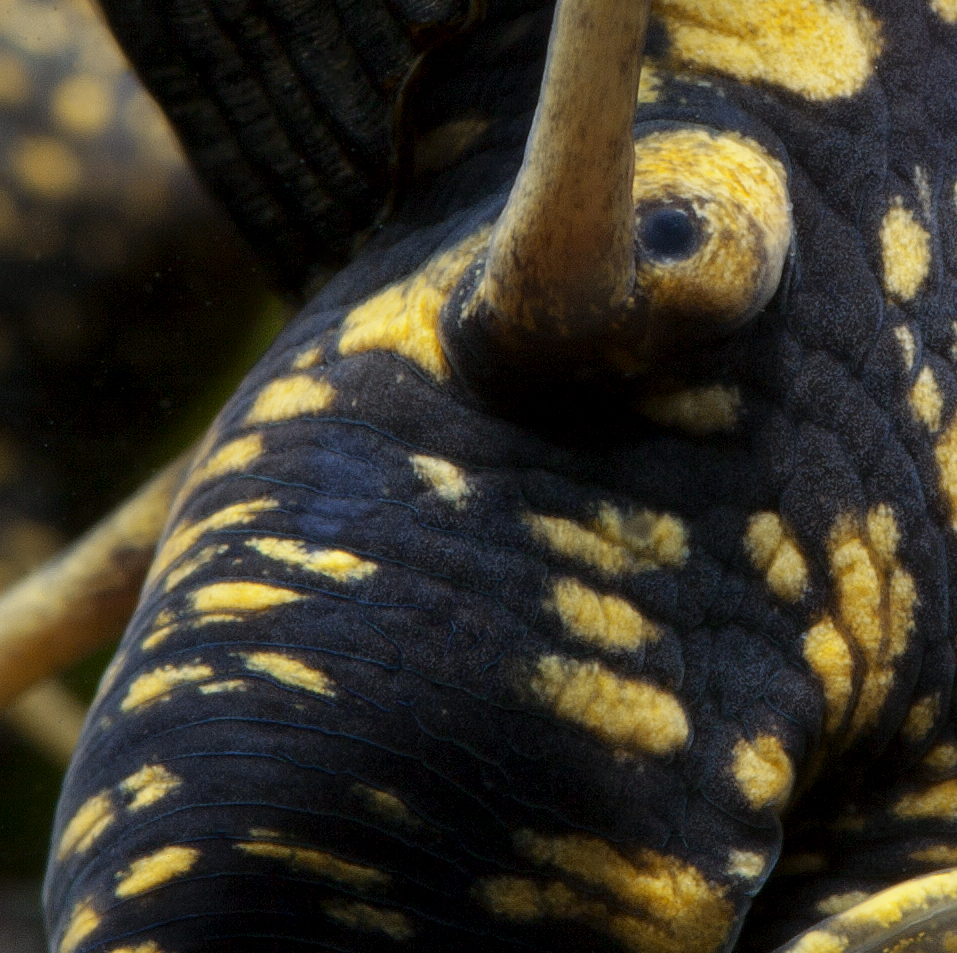
Overview of common species
Since there are so incredibly many species of Tylomelania, we would like to pick out only the most common species in aquaristics. There are many more and other species are imported again and again.
Tylomelania patriarchalis - guinea fowl snail
This tylo is one of the largest species kept in aquaristics. Its dark, spirally sculpted shell and dark, white-spotted body are impressive. The shell grows up to 10 cm high and reaches a width of up to 3.5 cm at the largest coils. Tylomelania patriarchalis comes from Lake Matano on Sulawesi, where it lives on muddy substrate. It does not go to plants. Due to its size the guinea fowl snail needs an aquarium with an edge length of at least 60 cm. A group from 3-4 animals can be kept in a standard tank with 54 l volume.
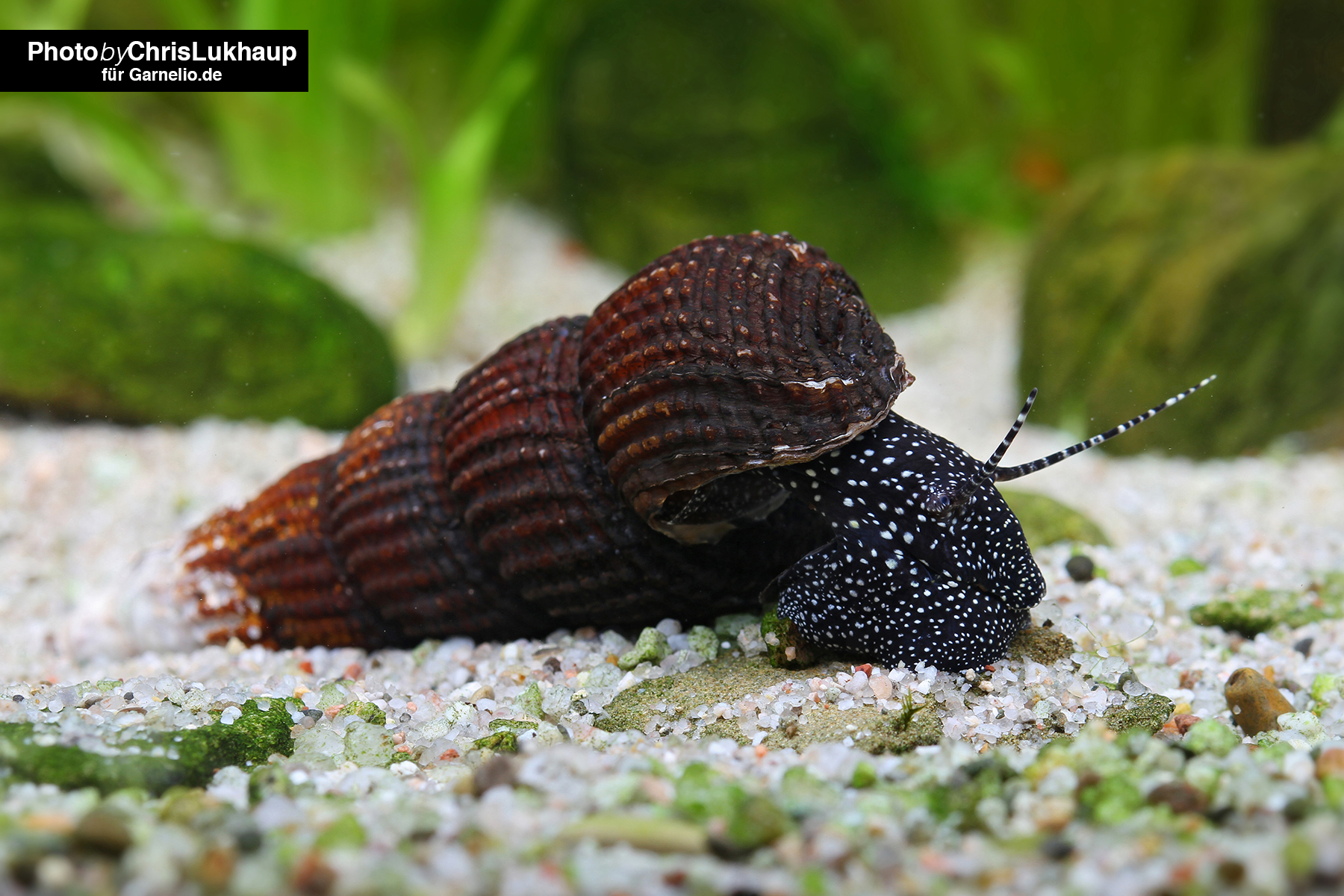
Tylomelania sp. "Yellow guinea fowl snail"
The yellow guinea fowl snail probably originates from Lake Towuti and becomes really huge with a shell length of 12 cm - in the aquarium, however, it usually remains somewhat smaller. Like the guinea fowl snail it needs a tank with at least 60 cm edge length.
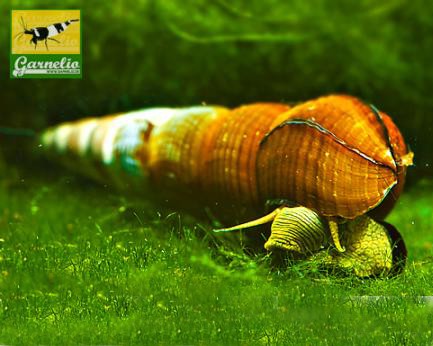
Tylomelania sp. "yellow" and Tylomelania sp. "orange" respectively
Behind the names Yellow Rocksnail, Golden Poso Snail, Yellow Poso Snail or Poso Orange always hides the same, still undescribed snail species from Lake Poso. These beautiful animals are characterized by a pure golden yellow to orange-yellow body without spots or dots and by an almost black shell, which grows up to 7 cm long. The Tylomelania sp. "Orange" is mainly on hard substrateand eats plants. An aquarium from 54 liters is suitable for a small group.

Tylomelania sp. "Mini Yellow"
With up to 3 cm body length the Mini Tylo remains clearly smaller than its relatives. Their body is yellow with fine black horizontal stripes, the shells are clearly more bulbous than those of most Tylomelania species. They can be keptalready in small aquariums from 20 l. It does not eat plants, in nature it is mainly on dead wood.

Tylomelania towutensis (former: sp. "Devil") - Goldpoint Pososnail
The Gold-spotted Poso Snail is characterized by its black body patterned with bright golden yellow dots and often yellow antennae. Its dark colored shell grows up to 8 cm long and has great sculpturing. In nature, it is usually on soft substrate and does not go for healthy plant tissue. An aquarium from 54 l is suitable for them.

Tylomelania sp. "Red Wood
An active snail from the Old Lakes is the Red Wood Tylomelania with its reddish patterned body. With a shell length of 4-5 centimeters it tends to stay a bit smaller, therefore a group of several Red Wood Tylomelania fits in aquariums with a capacity of 45 liters or more.

Tylomelania perfecta - Thunder Wedge Snail
It does not come from lakes, but among other things from a small river with extremely calcareous water, in which everywhere a fine to thicker lime crust is accumulated - so also on the snails! In the aquarium the shell of the Tylomelania perfecta grows naturally without the lime crust, and also the young animals are born without the lime crust. However, this does not matter, the shell of Tylomelania perfecta is very beautiful even without the lime crust - rather smooth and gray-brown. The body of the thunderbolt snail is black with gray to yellow fine spots and stripes. Tylomelania perfecta is widespread in the rivers on Sulawesi, but the calcareous crust forms only in one habitat. An aquarium from 60 cm edge length is suitable for the beautiful snails. Plants leave it largely in peace.
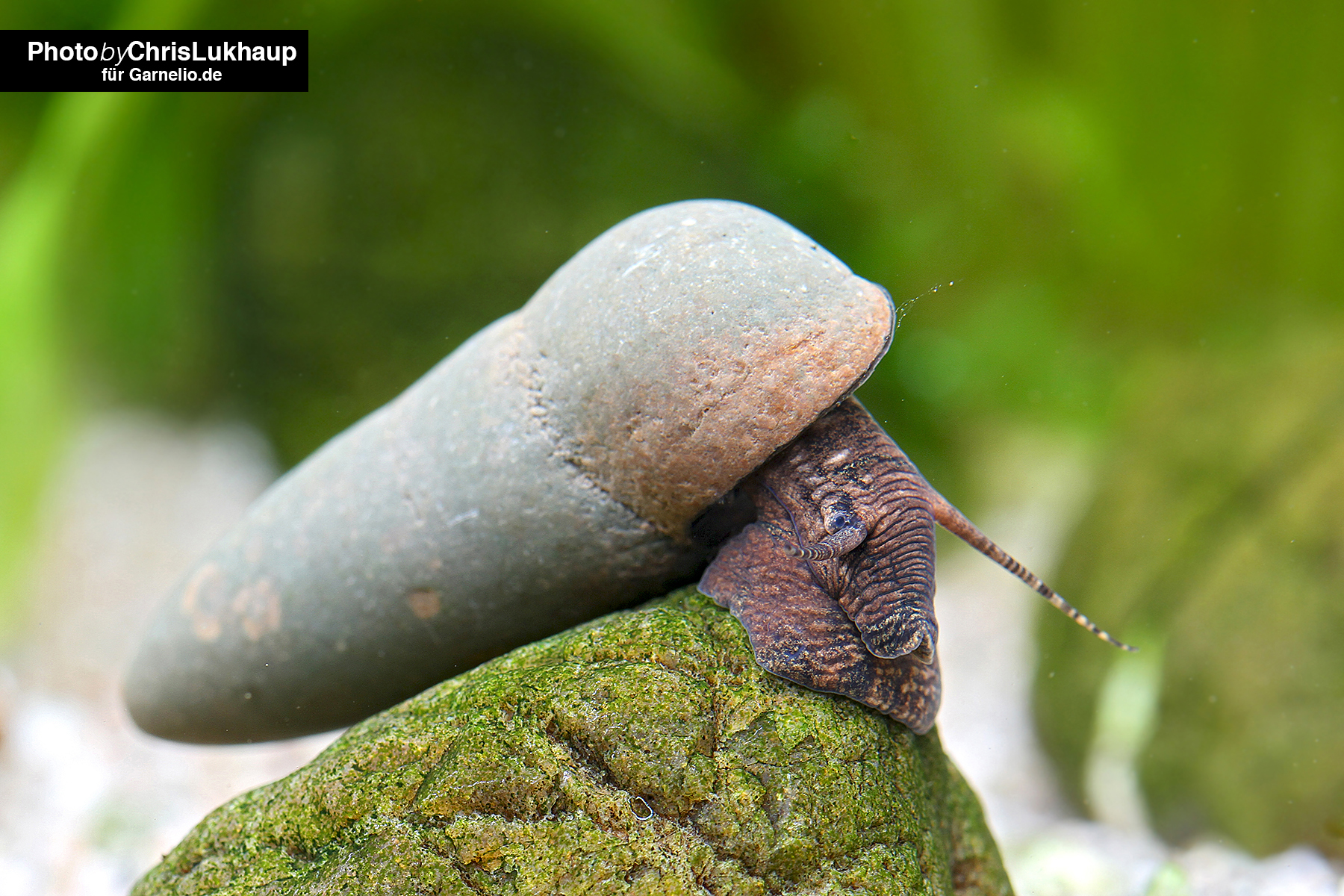

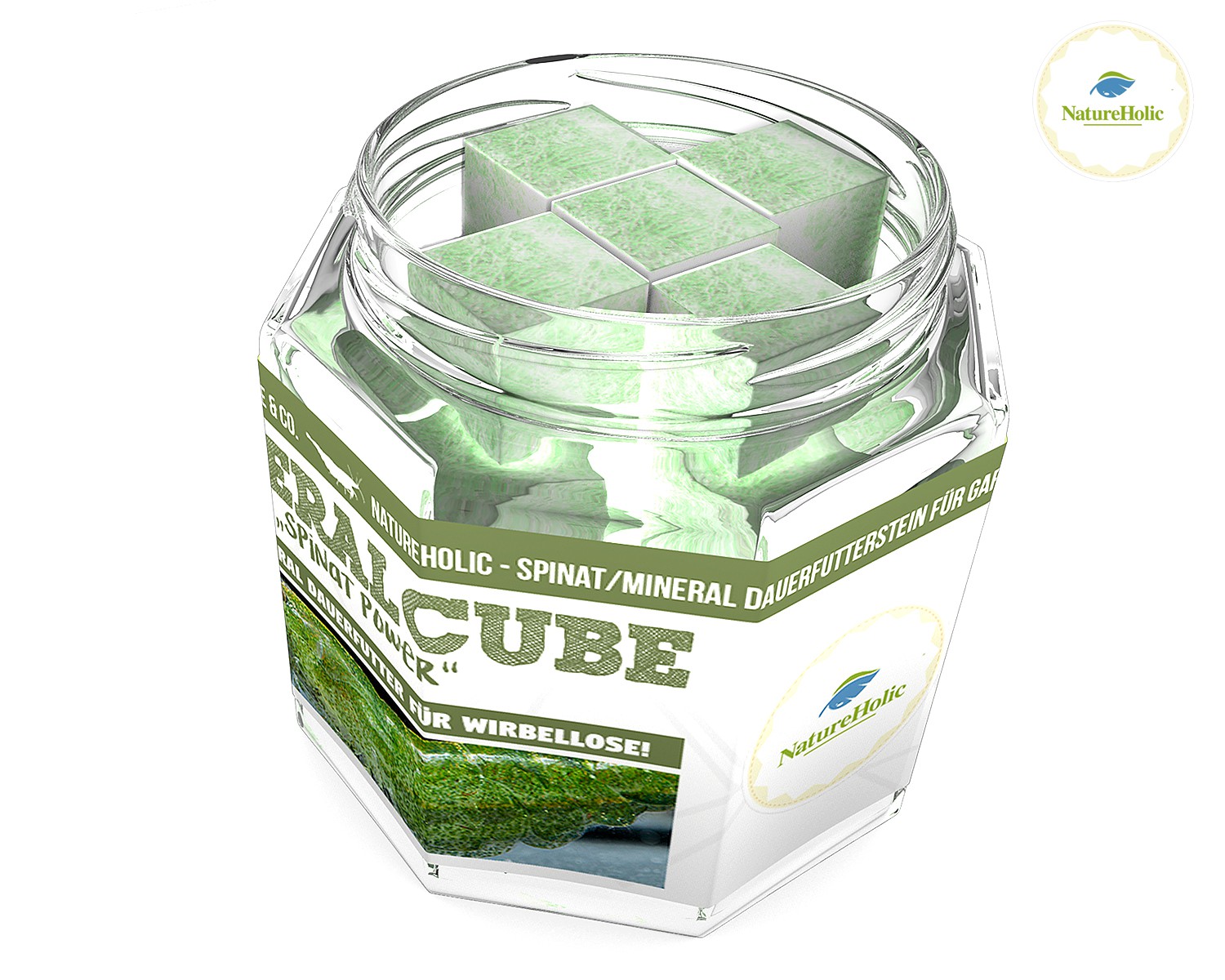
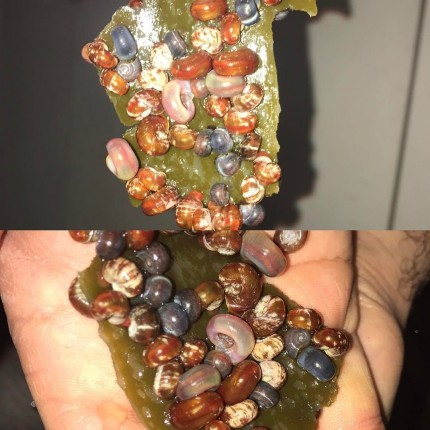
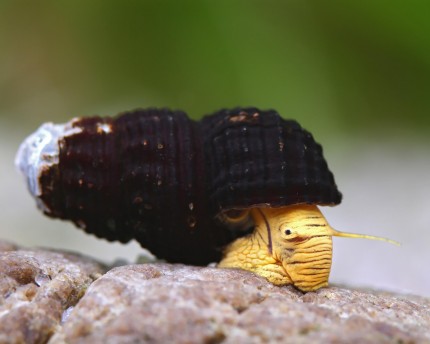
Mini Tylo
Kann man Mini Tylos auch in unbeheizten Becken halten ?
Geschlechtsreife und Futtermenge
Alles gut erklärt, würde aber gern mehr erfahren wann sie Geschlechtsreif sind und wieviel Futter sie benötigen. Danke